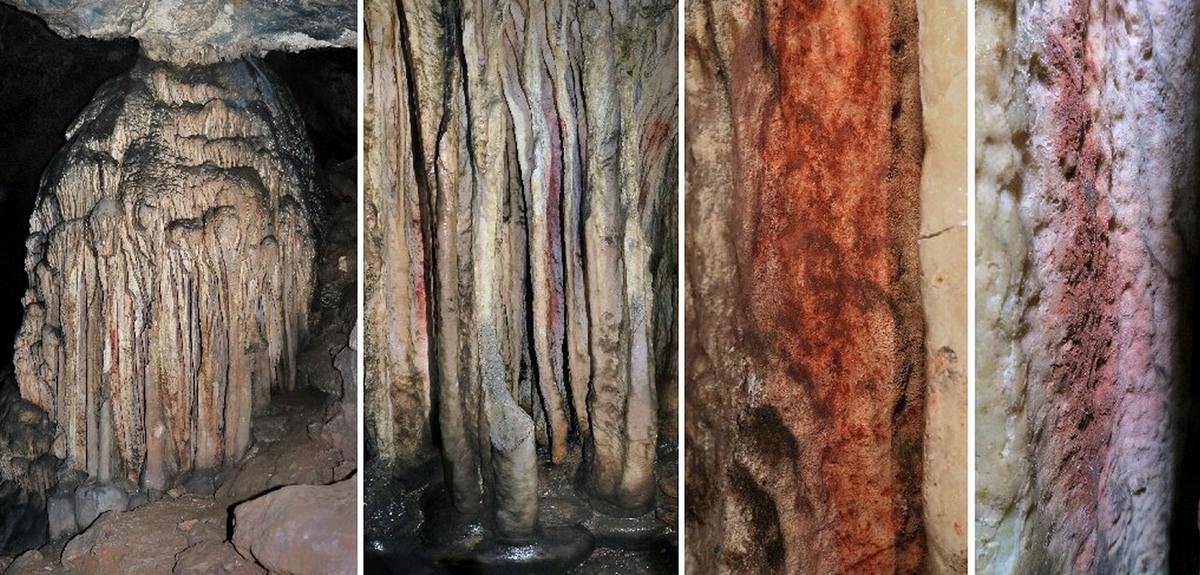A new study confirms that Neanderthals practiced art and painted on stalagmites in a Spanish cave more than 60,000 years ago.
This question has worried paleontologists and archaeologists since 2018, when a study was published that confirmed that the red ocher pigment was found on the stalagmite dome of Cueva de Ardales.
Judging by the analysis, this work of art is at least 64.8 thousand years old: it was made at a time when modern humans did not inhabit the continent.
The new analysis showed that the composition and location of the pigments could not be natural – instead they were applied by spraying and blowing. And the pigment was not extracted from the cave, but probably brought there specifically. And it happened not once, but over several years.
The new discovery confirms once again that Neanderthals, whose pedigree became extinct about 40,000 years ago, were not the crude and simple relatives of Homo sapiens, as they have long been portrayed.
The authors of the new work note that pigments are not art in the narrow sense of the word, but rather the result of graphic work to perpetuate information.

